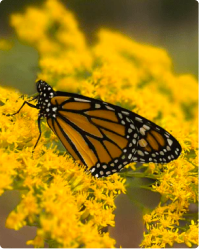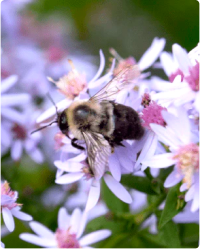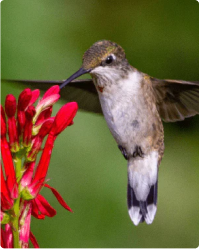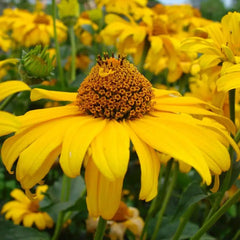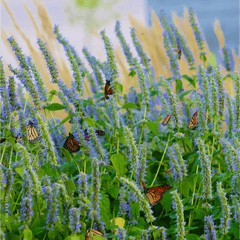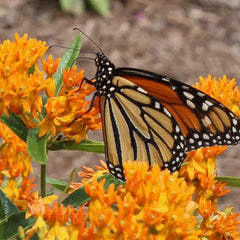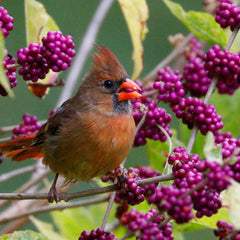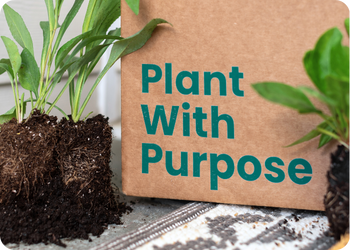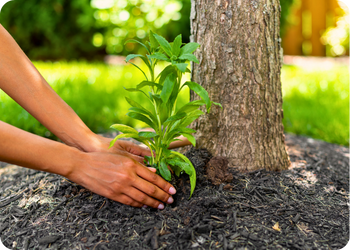- Shop All
- Plant Finder Quiz
- Collections
-
Regions
- Connecticut
- Maine
- Massachusetts
- New Hampshire
- New Jersey
- New York
- Pennsylvania
- Rhode Island
- Vermont
Northeast
- Alabama
- Arkansas
- Delaware
- District of Columbia
- Florida
- Georgia
- Kentucky
- Louisiana
- Maryland
- Mississippi
- North Carolina
- South Carolina
- Tennessee
- Virginia
- West Virginia
Southeast
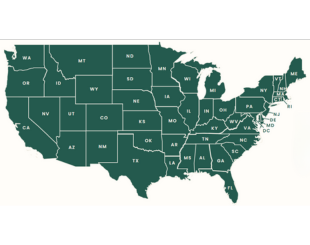
View Map
- Habitats
- Wildlife
- Our Mission
- On Sale
- New
April is Native Plant Month. Search by zip code to find your plants.

Nationwide Shipping. Free Over $99+
Shop Milkweed for Monarchs
Our native plant collections are specially curated for your region. Please enter
your zip code to find the best plants for your area.
Filtered By:
Filters
Animal Resistant
Soil Type
Light Conditions
Bloom Type
Plant Height
Plant Type
Soil Moisture
Wildlife Benefits
Flower Color
Price range
0 Products
0 of 0 Products
Be the first to know about sales on native plants
- Is milkweed easy to grow?
- Why are migratory monarch butterflies endangered?
- What can I do to help monarch butterflies?
- Are milkweed plants poisonous?
Milkweed is very easy to grow! You can buy native milkweed plants online. Once they mature, milkweed plants will produce beautiful clusters of flowers that attract bees, butterflies, and other pollinators. Monarch butterflies are especially drawn to milkweed, as the plant is the only food source for monarch caterpillars. If you're looking to create a habitat for monarch butterflies, planting milkweed is a great place to start. Plus, it's a low-maintenance plant that doesn't require much watering or fertilizer. So if you're looking for an easy-to-grow plant that provides a valuable, science-backed habitat garden for wildlife, milkweed is a great choice!
With its striking orange and black wings, the monarch is a familiar sight in gardens and parks across the continent. Monarch butterflies are one of North America's most recognizable and well-loved insects. Every fall, many of them embark on a remarkable journey, migrating thousands of miles to reach their wintering grounds in Mexico. Along the way, they grace gardens and fields with their beautiful orange and black wings.
However, these charismatic creatures are in trouble. Eastern monarch populations have declined by more than 85% in the last two decades. Even more concerning, western migratory monarchs have declined by an estimated 99.9% since 1980. There are many reasons for this, but one of the biggest is the loss of milkweed habitat. Monarch butterflies rely on milkweed plants for food and shelter.
The problem is that milkweed plants are disappearing from fields and gardens across North America due to the widespread use of herbicides and the conversion of natural habitats to grow crops and build urban developments. As a result, monarchs struggle to find the resources they need to survive.
You can help reverse this trend by planting native milkweed in your backyard and community gardens. Restore the monarch butterfly habitat and we may be able to save the species!
Looking to help out our little monarch friends? You can help by purchasing milkweed plants online and planting milkweed in your own pollinator garden. Monarch butterflies rely on milkweed as the only food source for their caterpillars, so by planting milkweed, you're giving them a much-needed boost. And don't worry — milkweed is actually quite easy to care for. By creating a habitat for monarchs, you can help ensure that these magnificent creatures will continue to grace our gardens for years to come.
Once you've got your milkweed plants, simply find a good spot in your garden and plant them according to the instructions on the packaging. Then sit back and enjoy watching the monarchs flutter by! As well as planting milkweeds, there are other things that you can do to help monarch butterflies. If you live in an urban area, you can replace some or all of your lawn with flowerbeds. This will provide the butterflies with a safe place to lay their eggs and find nectar to fuel their long journey south in the fall. For those living in more rural areas, you can encourage wildflowers to grow on any unused land. You should also avoid spraying herbicides unnecessarily, as they can be harmful to butterflies. By taking these steps, you'll help monarch butterflies and other pollinators thrive.
Many people think that milkweed plants are poisonous, but this is something of a myth! While all parts of the plant contain a substance called cardenolides (which can be toxic to humans and animals in large quantities), the concentration of this substance is usually not high enough to cause harm.
In fact, milkweed plants have traditionally been used for various medicinal purposes, including treating coughs and bronchitis. So while you shouldn't eat milkweed leaves straight off the plant, there's no need to worry if you accidentally consume a small amount. It’s worth noting, however, that the sap from milkweed plants can irritate your skin (and your eyes), so wear gloves when pruning and don’t rub your face!
Support your local wildlife.
Help birds, pollinators such as bees, butterflies, other insects, amphibians and small mammals, and reptiles.Have a global impact.
Help create habitats for declining wildlife, reduce urban heat islands and manage storm water runoff.Bring nature home.
There’s no easier place to get a daily dose of nature and the physical, mental and spiritual benefits.Support our mission.
All orders benefit our non-profit to help declining wildlife and expand native plant availability nationwide.

Shop Milkweed for Monarchs
Over the past few decades, migratory monarch populations have declined sharply due to several factors, including the loss of monarch butterfly habitat and the use of pesticides. Monarch butterflies rely on milkweed for survival — it's the only plant monarch caterpillars will eat, and adults will lay their eggs on milkweed leaves.
By planting milkweed for monarch butterfly populations, we can create critical habitats for them and give them a better chance at survival. Several dozen species of milkweed plants are native to North America, including those featured in our milkweed and monarch-focused collections. Check out our collections above!
Find out what's blooming.
Sign up for updates on new releases, sales, plant care tips, and more.
